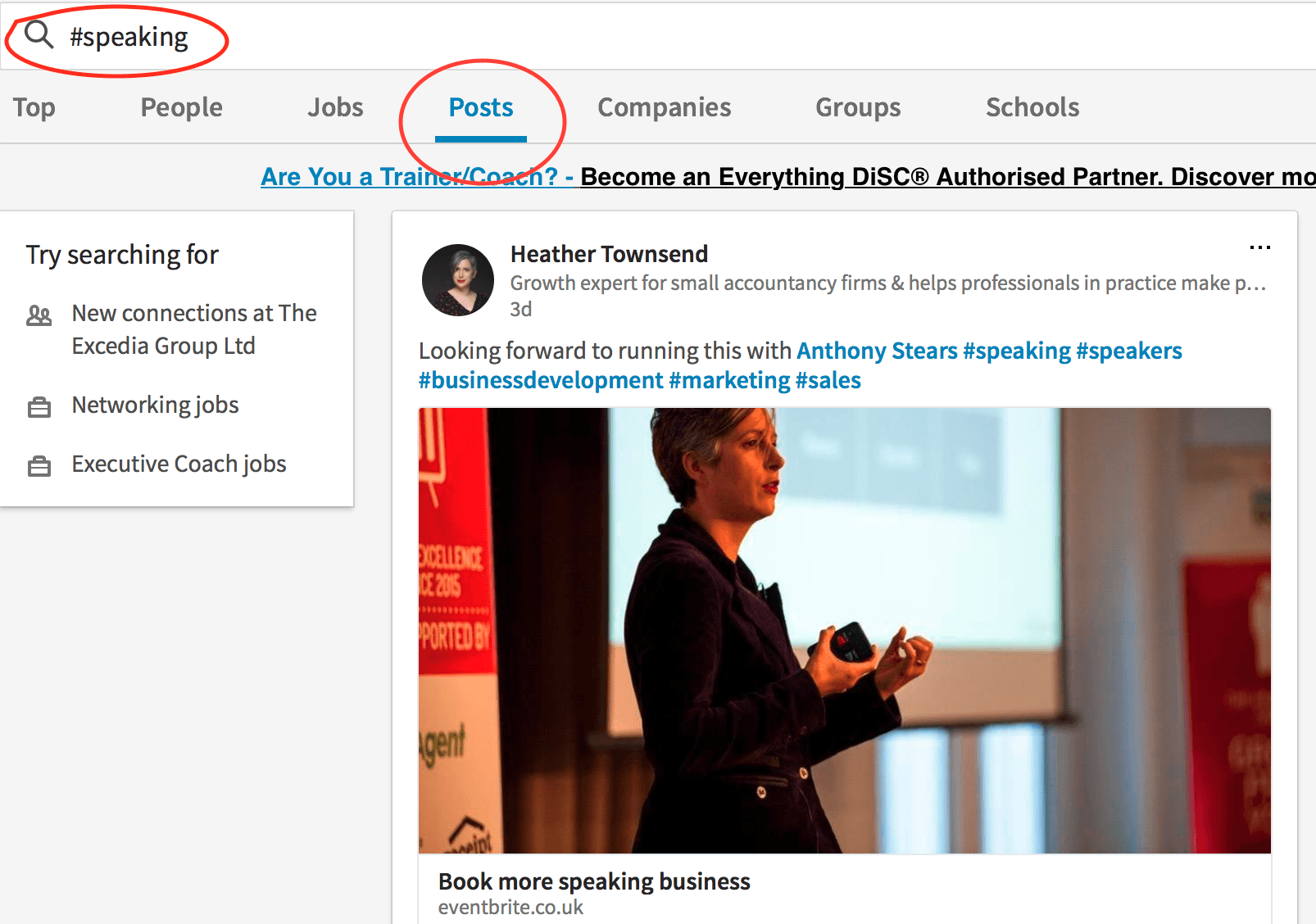The people I work with often tend not to identify as ‘writers’. They are ‘numbers’ people or good at talking to people ‘face-to-face’ but not good with then writing stuff down. I get that. Each to their own. However, in today’s world, if you want to grow your profile and visibility, that means content. This blog post gives you 5 ways of creating a blog post with a minimal amount of writing required.
Record yourself presenting
Every time you present externally or internally you are producing content. This could be for a webinar or a seminar or even an external conference. This is valuable content which is worth repackaging and using again and again. The easiest way to reuse this content is to get someone to video it for you. Then you can get the video audio transcribed and split into extracts. These extracts can then be posted onto YouTube (with the audio transcription in the description) or LinkedIn. (By the way LinkedIn really loves raw video uploaded into it!) Once you have done this, it’s then a fairly simple task to make a blog post with the video extract and audio transcription of the video extract. But if you haven’t had the opportunity to be videoed or recorded as you present, there is nothing stopping you doing the recording. This is where you do a screencast of you talking over the slides you are planning to present. It’s a great way to also practice your presentation before you have to deliver it for real.
Be interviewed
This is one of my favourite routes to produce content without needing much time for a highly chargeable or utilised fee earner such as a partner. This is where someone interviews you and then produces an article from your responses to the interview questions.
Video blog
Video is a great way to reach people who’s writing doesn’t do it for them. If you are better at talking than speaking, how about videoing yourself on your smart phone? Then you can upload the video to rev.com to get it audio transcribed and also a captions file. You can then – like as previously suggested in this blog post – upload the video to YouTube, or take the video and audio transcription to make a blog post.
Podcast
If video isn’t your thing, and nor is writing, how about recording yourself talking in a voice memo? You could start your own regular Podcast and use a podcasting tool to add the audio to a blog post (and get the audio transcribed via rev.com).
Use your answers to the every day client questions
Every day you are probably answering client questions via email. The answers to these questions are normally great content for a blog. Because you can bet that if one client wants to know the answer to this question, another client will as well.








